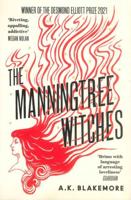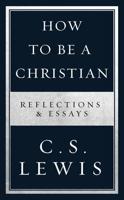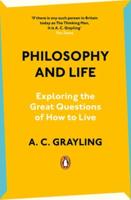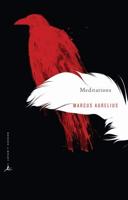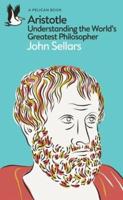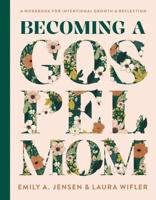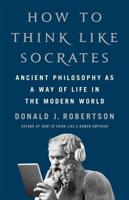Publisher's Synopsis
All art students are advised to read "Concerning the Spiritual in Art," a short masterpiece by Wassily Kandinsky. This classic best explains the concepts that lead to abstract painting in the modern era Kandinsky recognized the connection between music and painting. He also suggested that artists free themselves from the material world so that they can express their inner impulses. Thus the abstract painting requires contemplation to reveal its meaning. Furthermore, the meaning may be a projection of the inner life of the viewer as much as it is the inner life of the artists. This concept is not new to music but it certainly was new to painting in 1911. Once considered a radical idea, the spiritual aspect of abstract art is now a given in culture. Wassily Kandinsky offers some very insightful comments regarding his contemporaries, recognizing Matisse as the 20th century master of color and Picasso as the 20th century master of line. He faults them both, however, for not making the final step toward complete abandonment of the physical world. In "Concerning the Spiritual in Art," Kandinsky also asserts that imitative painting of other eras was a deadly trap for the artist, yet responding to the eternal call of the unconscious forces in an earlier period of art history was a valid area of exploration. Kandinsky believed that art progressed, that artistic concepts built on each other and that there was a triangle of artistic conception that moved forward to some end point, yet to be discovered. Kandinsky warns against pattern painting, which he thought would lead to monotony and away from spirituality. Every artist owes it to themselves to read "Concerning the Spiritual in Art." Though short, this book is the classic on which much art history, philosophy, and practice has been based.

